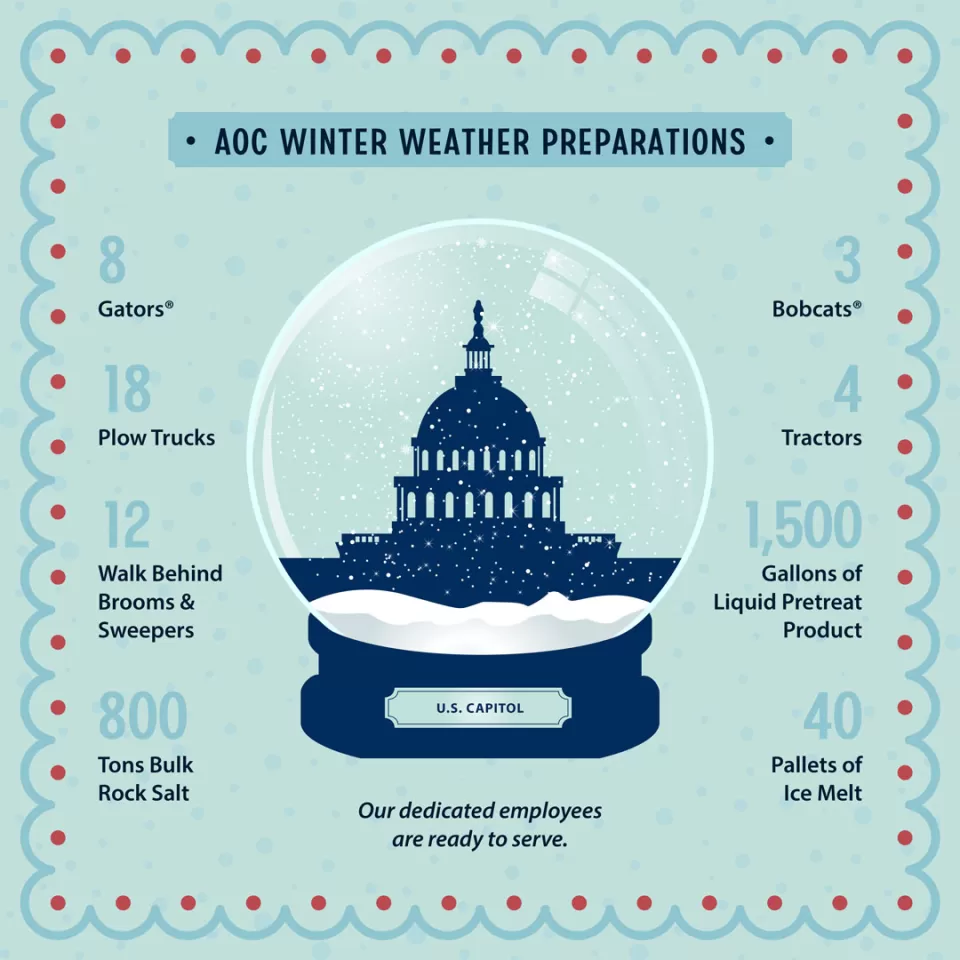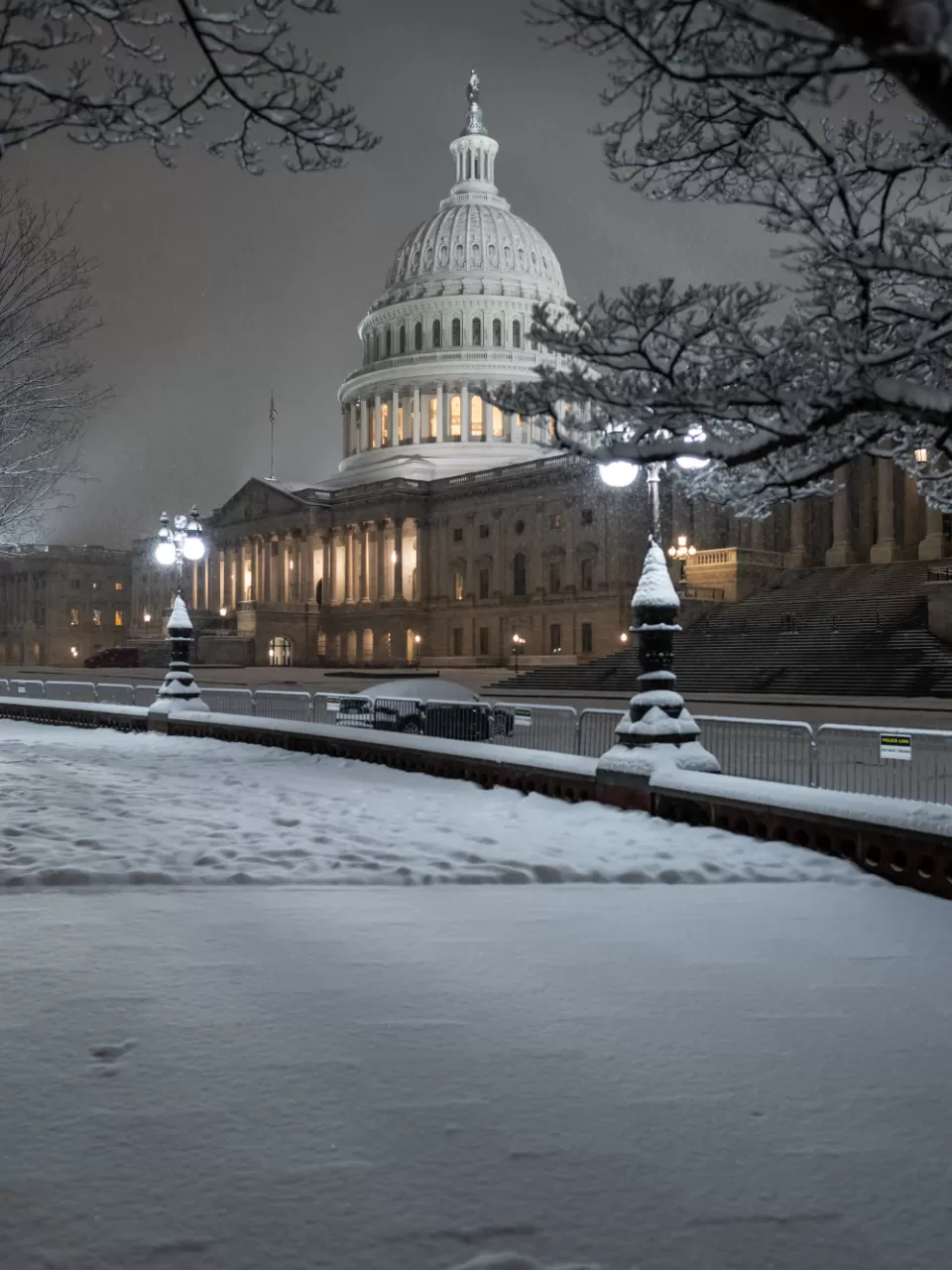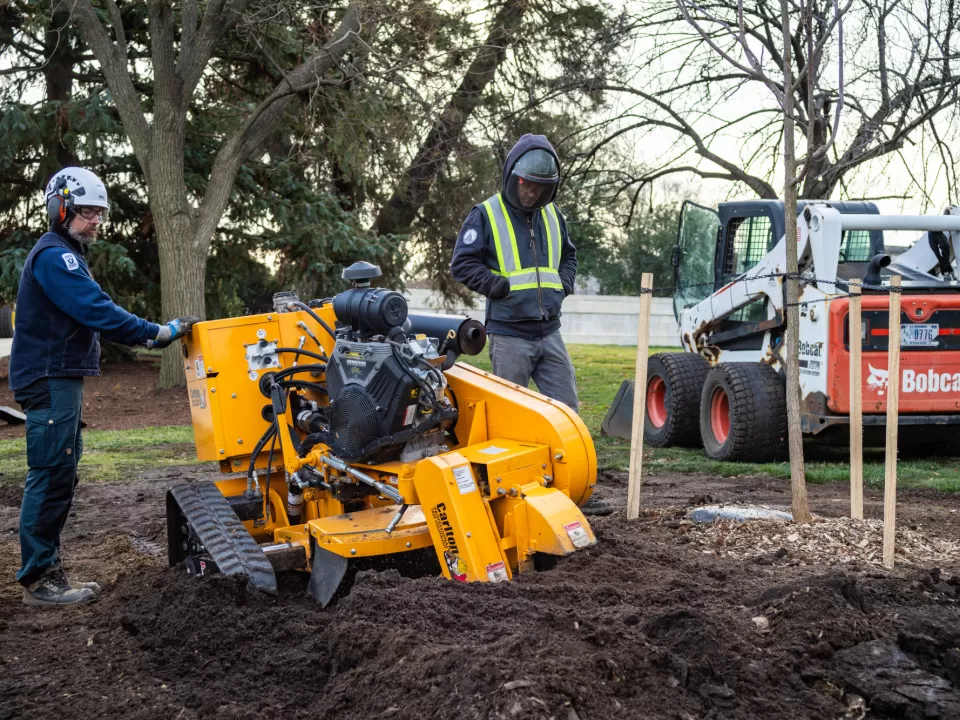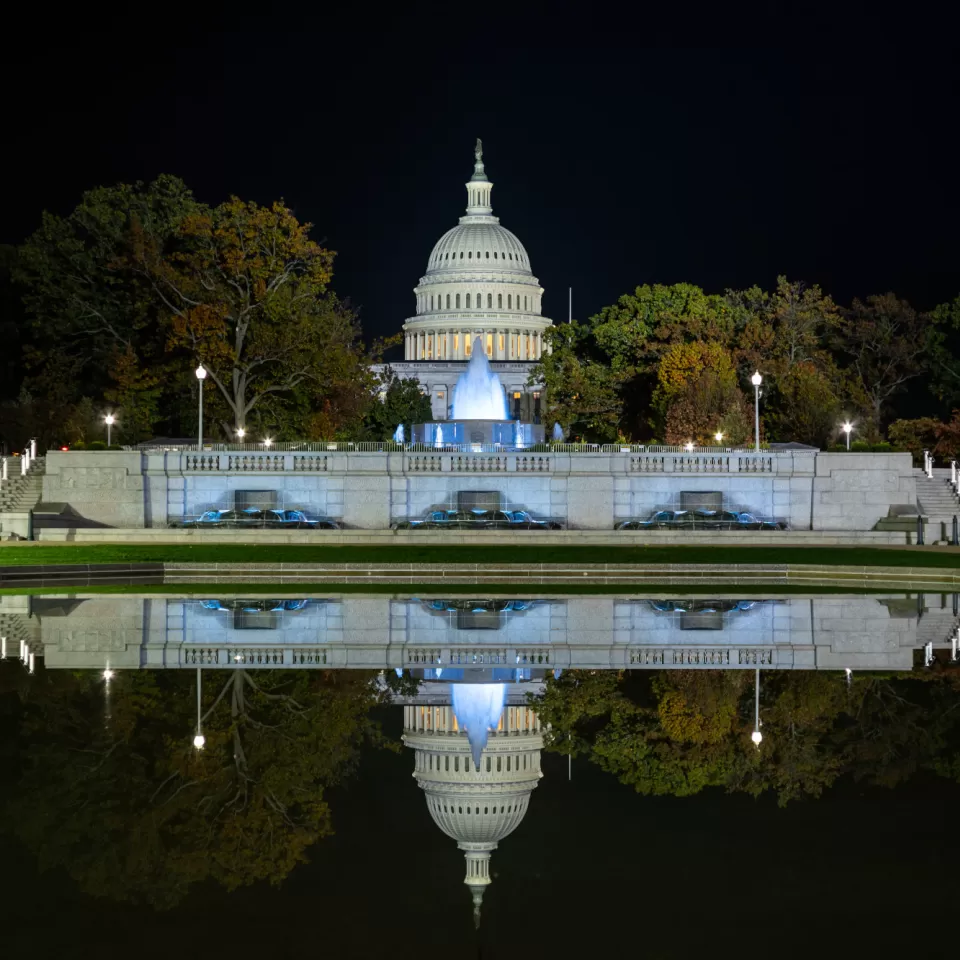Our Stories
Recent Articles
Behind the Scenes
The People's Gardens
Take a stroll through our pictorial tour to experience the beauty of these unique garden beds and meet a few members of the jurisdiction's Gardening team that work hard year-round to keep the Capitol campus looking beautiful.
Behind the Scenes
Hanami on the Hill: Cherry Blossom Season on U.S. Capitol Grounds
Nestled on the grounds of the U.S. Capitol, these trees stand as a symbol of renewal and spring. A few of the oldest recently received some unique preservation care.
Behind the Scenes
Picture Perfect: Capturing Iconic Images of the U.S. Capitol Grounds
See the Capitol campus through the eyes of an AOC Photographer.
Behind the Scenes
Photography and Technical Imaging Branch Marks 75th Anniversary
Recent historical research has confirmed that the Architect of the Capitol is home to the first federal government photography office, what is today called the AOC Photography and Technical Imaging Branch.












Comments
I am honored to be the Servicing HR Specialist for the Capitol Grounds and Arboretum.
I WAS THEE INSPECTOR FO ALL CAPITOL GROUNDS FOR GEORGE WHITE FOR SEVERAL YEARS.RETIRED 1996.LOVED THE HILL.
Great to see the excellent work and professional progression that the Capitol Grounds and Arboretum jurisdiction has accomplished.
I was pleased, also amazed, at how clear Capitol Hill was when I came to work on the snowy day back in January and had to walk across campus. Thanks so much!
Add new comment